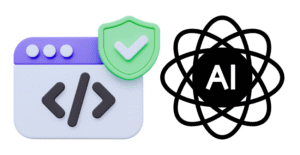In Web API 2.1 a new mechanism was introduced for returning HTTP messages that appeared to be a cross between HttpResponseMessage and the ActionResult mechanism from ASP.NET MVC. At first I wasn’t a fan of it at all. It appeared to add little new value and just provide yet another alternative that would a be a source of confusion. […]
















